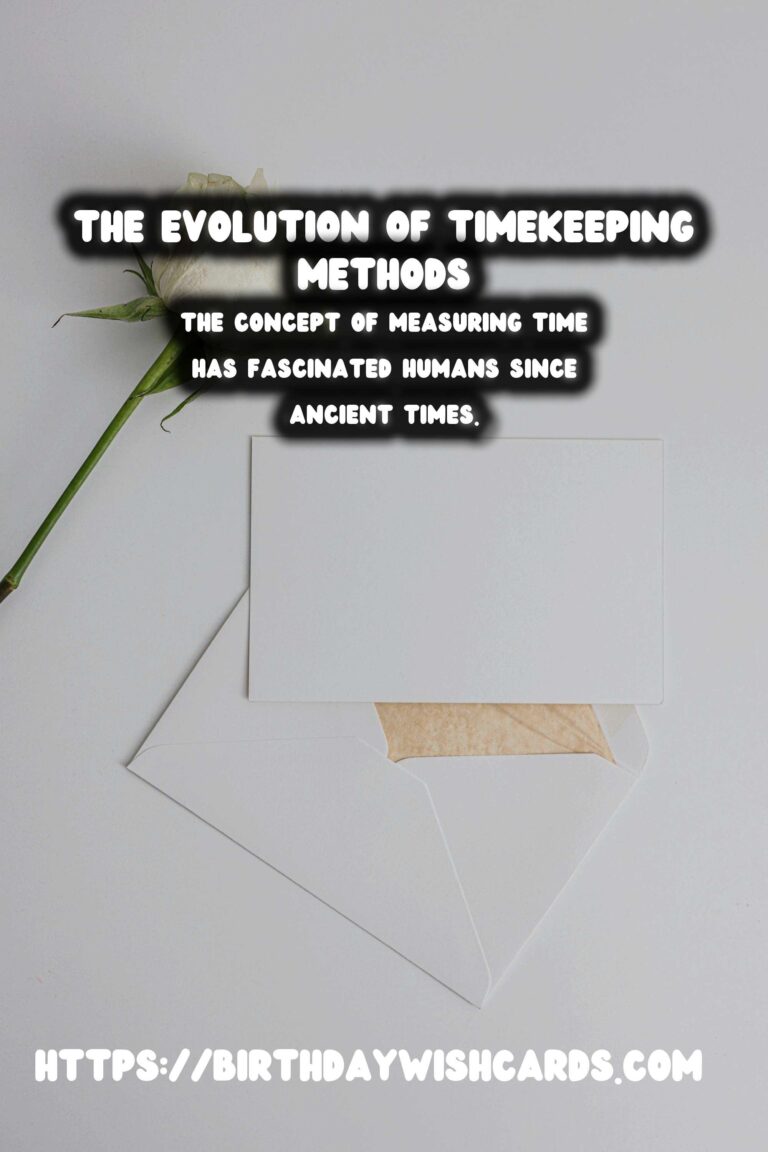
The concept of measuring time has fascinated humans since ancient times. As civilizations evolved, so did their ways of tracking time. From the primitive sundials of ancient Egypt to the precise atomic clocks of today, the history of timekeeping is a tapestry of innovation and discovery.
The Beginnings: Sundials
Sundials are one of the earliest known timekeeping devices, dating back to ancient Egyptian civilization around 1500 BC. By using the position of the shadow cast by the sun, sundials provided an early and vivid display of time passage to the people scattered under the sunlit cities.
Sundials were not just a means for ancient societies to track time, but they also served as a symbol of human ingenuity and adaptation to the environment. Various cultures, including the Greeks and Romans, improved upon the basic concept, creating more sophisticated designs with seasonal calibrations.
The Age of Mechanical Clocks
As societies grew more complex, so did their needs for accurate timekeeping. By the 14th century, the first mechanical clocks began to emerge in Europe. These early devices were primarily used in monasteries to regulate religious activities, highlighting timekeeping’s initial role in religious life.
Throughout the coming centuries, innovations continued, leading to the balance springs and pendulums by the 17th century, spearheaded by inventors like Christiaan Huygens. These advancements paved the way for more reliable and precise timepieces, marking a new era in time measurement.
Astronomy and Timekeeping
Timekeeping also owes much to the field of astronomy. The understanding of celestial bodies’ movement has been crucial in defining calendar systems throughout history. The Babylonians and Egyptians were among the first to employ astronomy to track long periods, eventually leading all the way to modern-day atomic clocks.
In addition, astronomical observations have forever changed our understanding of time itself, emphasizing planetary movement and the formulation of universal time standards.
Modern Innovations and the Future
The last few centuries have seen exponential growth in the accuracy and utility of clocks. With the development of the atomic clock, time is now measured with extraordinary precision, underpinning everything from satellite navigation to the synchronization of digital networks.
Looking towards the future, it’s clear that as technology advances, so will our understanding and means of measuring time, driving further innovation in all aspects of human life.
Conclusion
The history of timekeeping is a journey through scientific and technological marvels. It reflects society’s enduring quest to understand, measure, and utilize the infinite march of time. From the shadow cast by a gnomon to the atomic tick, timekeeping stands as a testament to human achievement.
The concept of measuring time has fascinated humans since ancient times. Sundials are one of the earliest known timekeeping devices, dating back to ancient Egyptian civilization. 
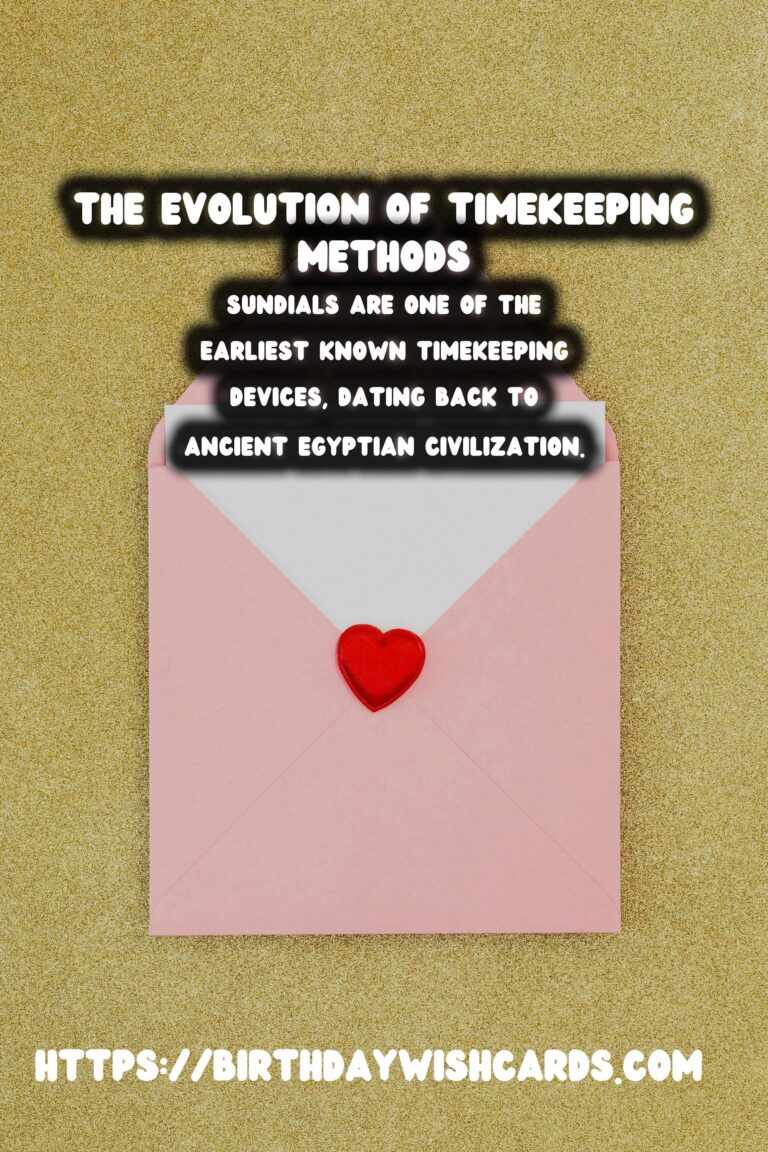
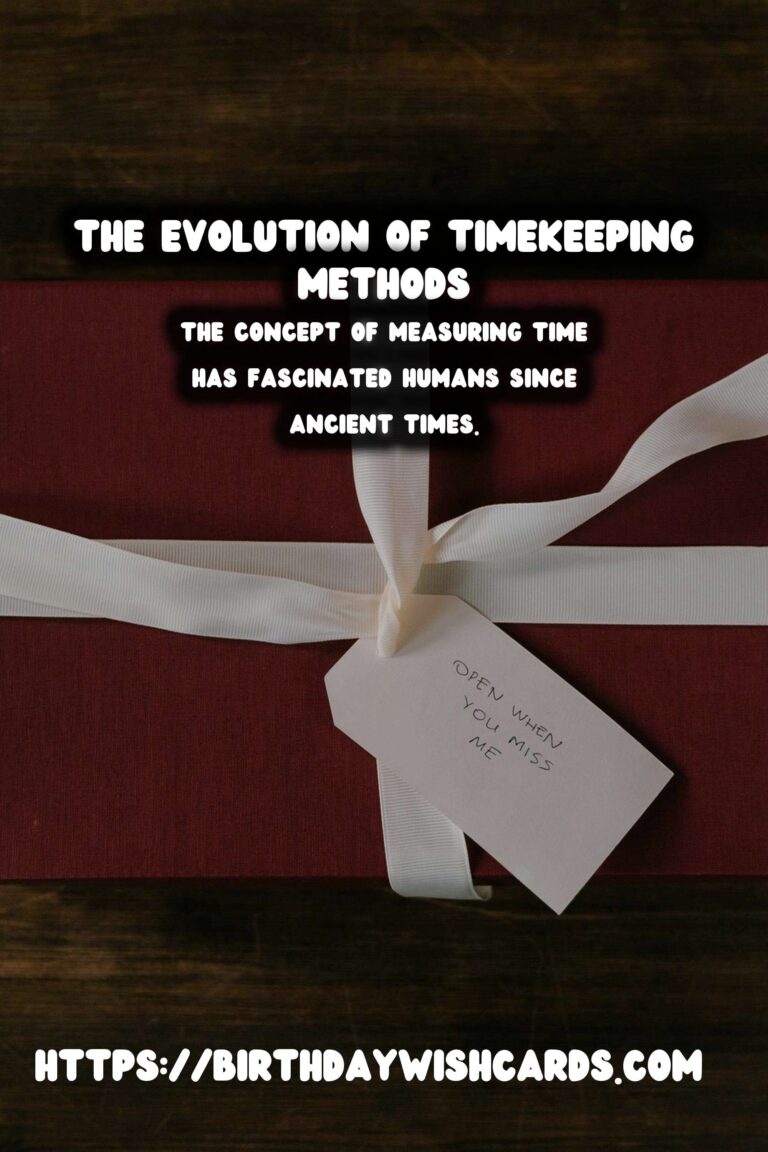
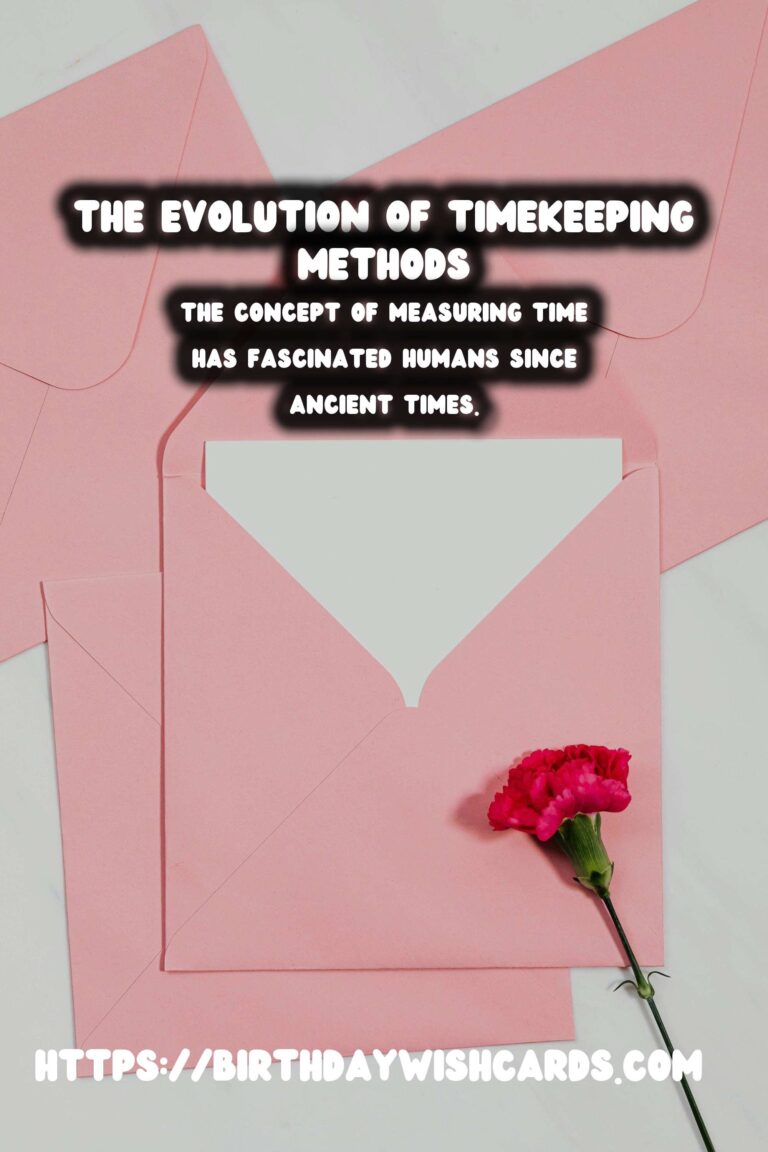
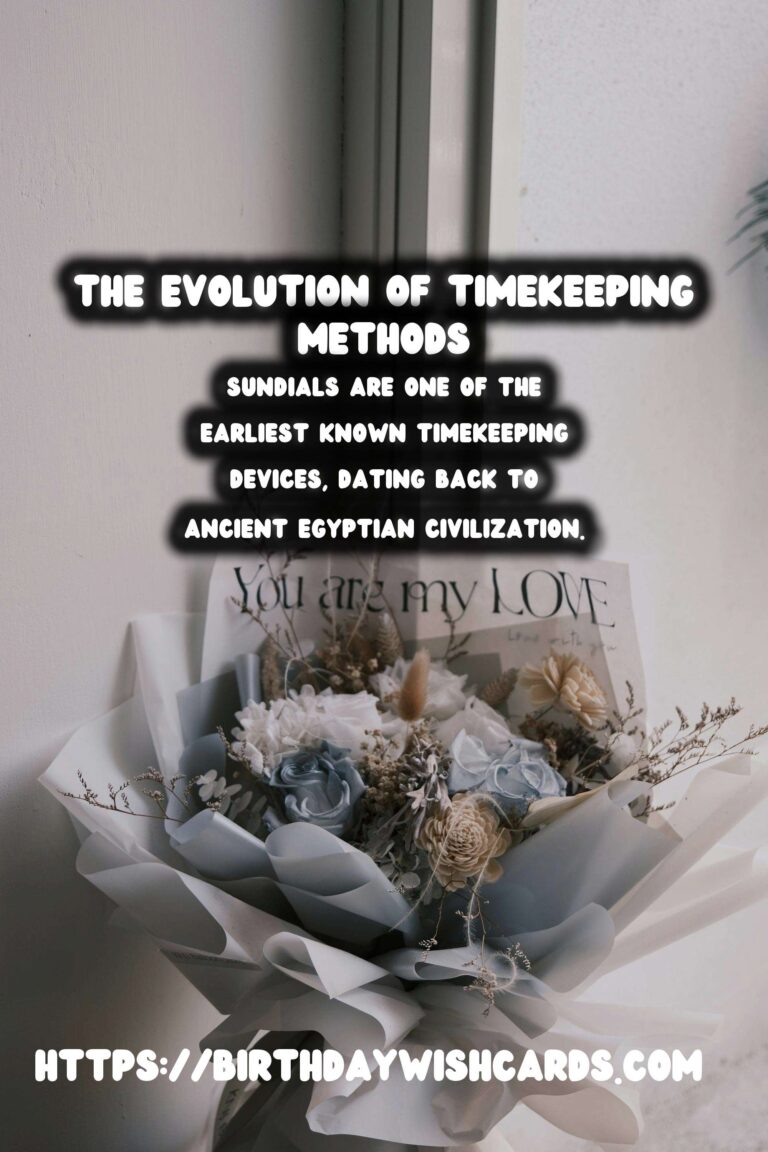
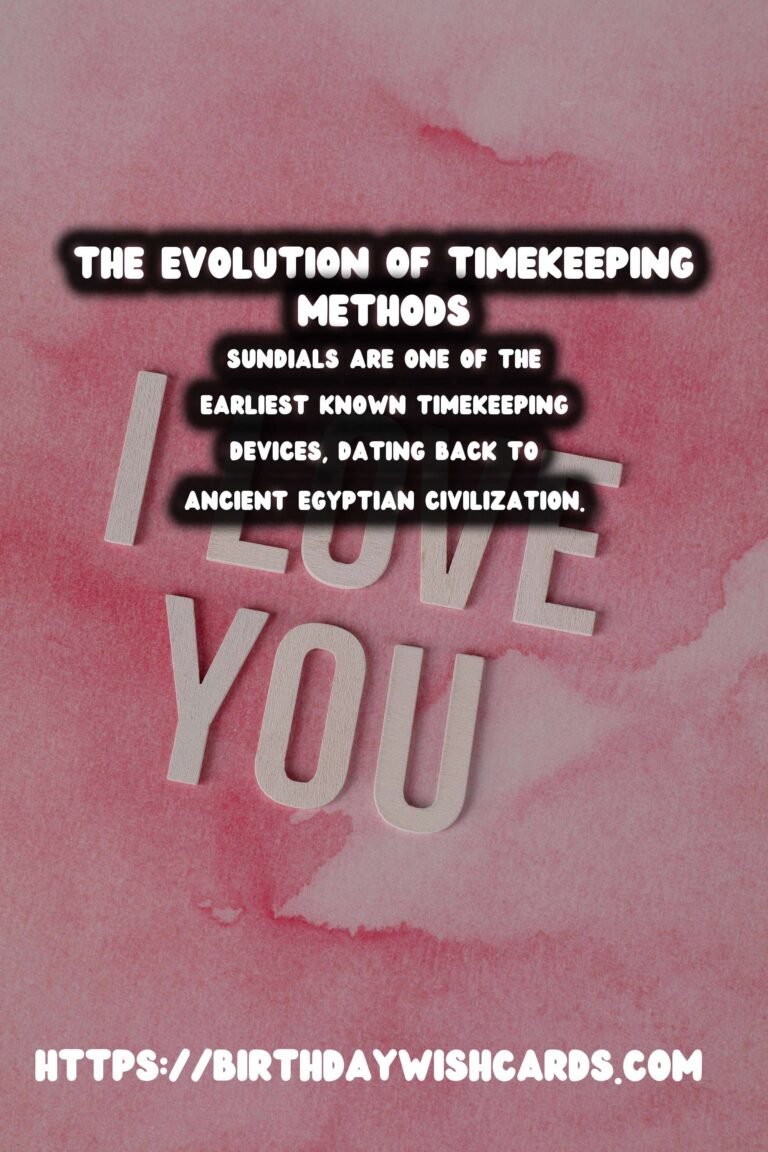
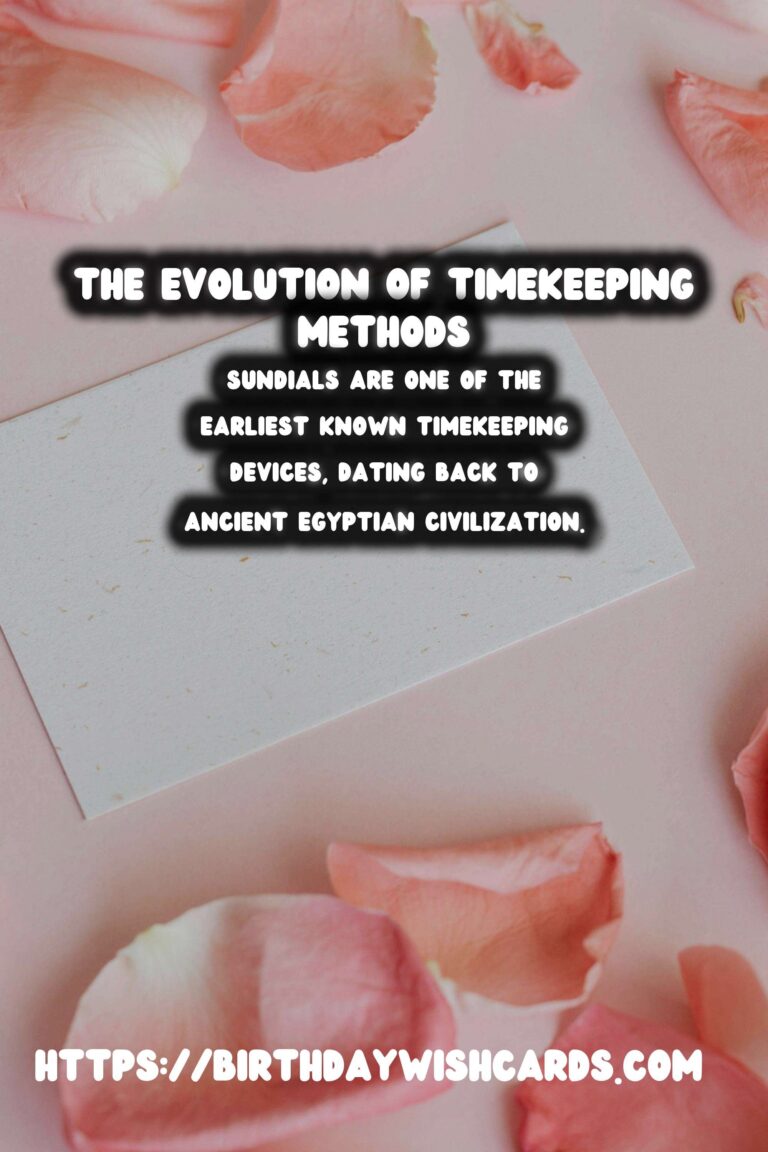
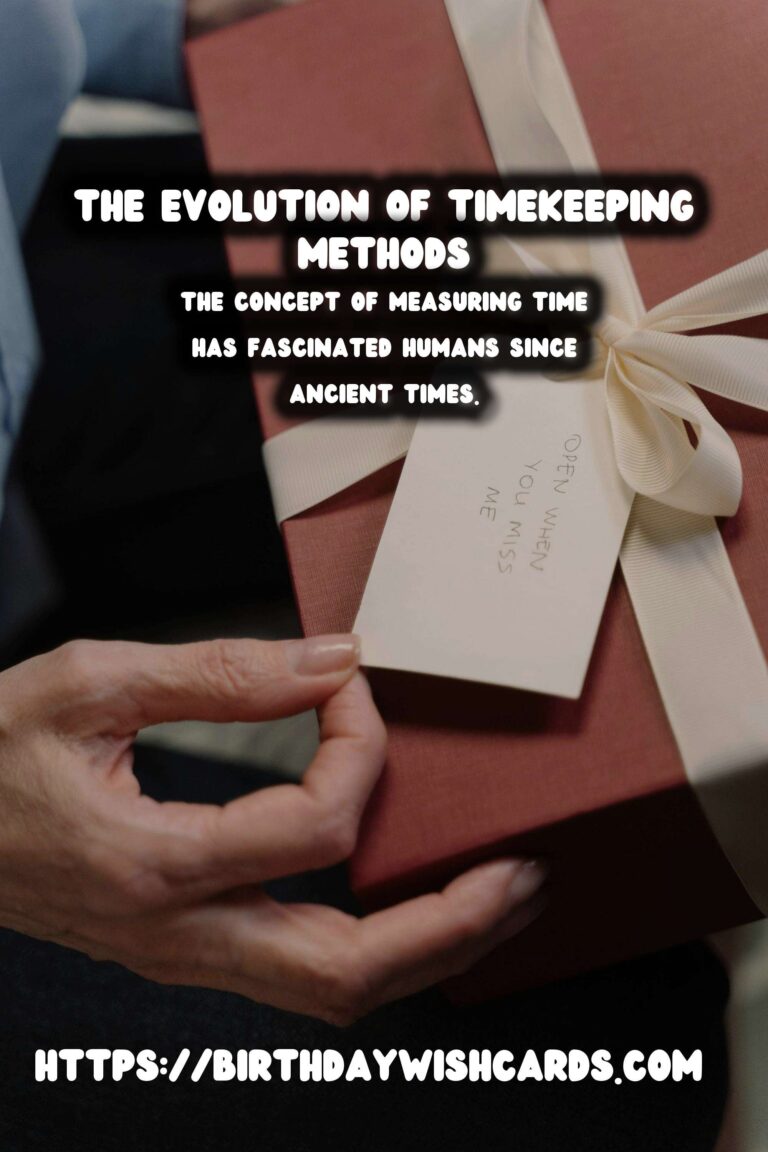
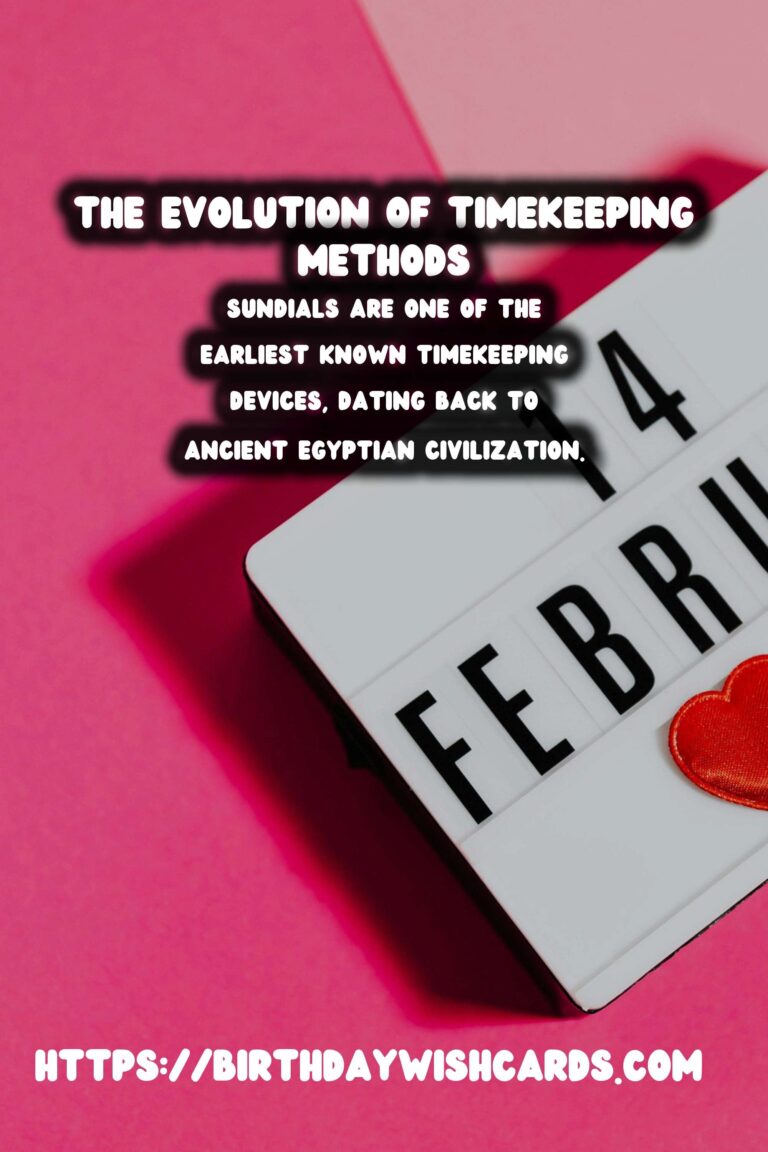

#Timekeeping #History




